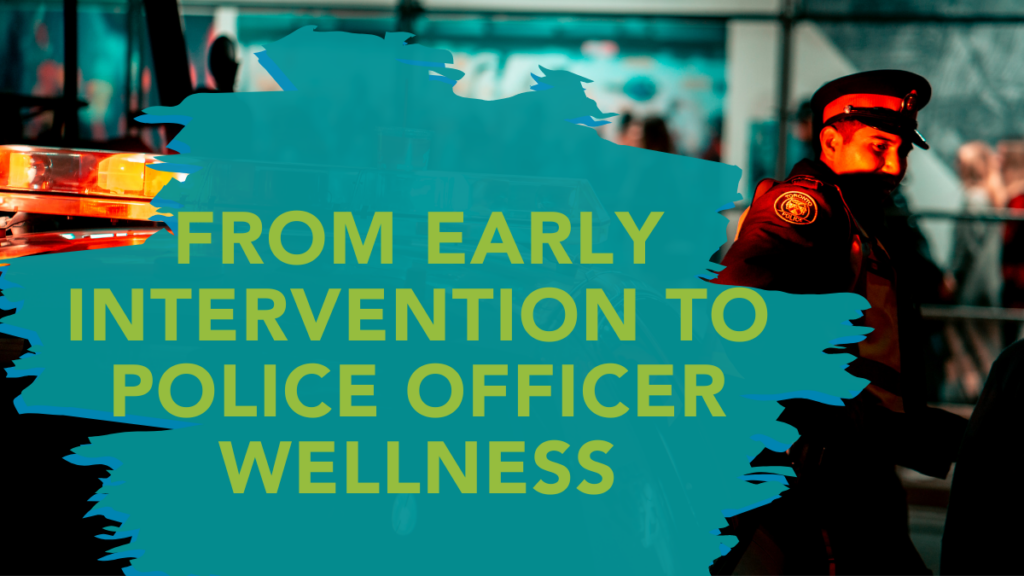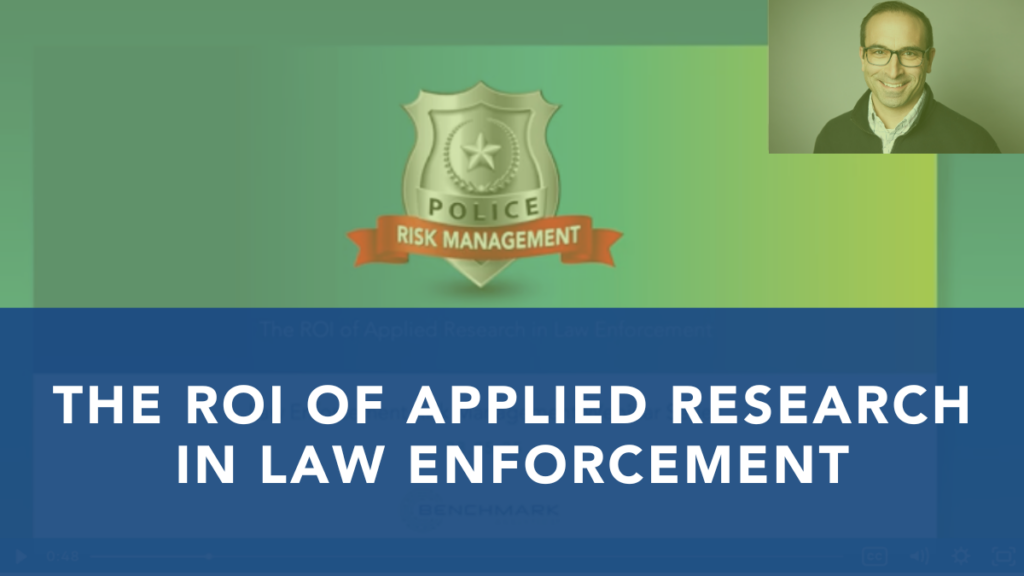People Data: What It Is and How Police Departments Can Use It
Posted
February 21, 2019
Share:
People produce a lot of data. How much is a lot of data? Research company IDC, “estimates that by 2025, approximately 80 billion devices will be connected to the internet and the total amount of digital data generated worldwide will hit 180 zettabytes.”
To put that in context, an officer’s body-worn camera produces about 11.6 gigabytes of data every month. A single zettabyte contains a trillion gigabytes.
Folks in the tech space often refer to data as the “new oil.” This might be a nod to the great quantities of data all around us, unseen; or that all of the software and applications we use would be impossible without it. Another way to interpret the analogy is through data’s valuable byproducts (oil’s go into 6,000 items): instead of the rubber for basketballs, data yields insights we can use to make decisions.
With both internal and external factors driving change in police departments, using data to develop a holistic view of your officers will be crucial to your agency addressing its unique challenges.
What Types of Workforce Data Can Police Departments Capture?
There’s no shortage of technology in police departments but most of it is focused on policing and not the police as employees. Software like Computer Aided Dispatch and Records Management Systems make it easier to help the communities they serve. However, they don’t provide insight into your sworn and civilian personnel.
 You can’t have the benefits of people analytics without having people data to analyze. Through research conducted by the University of Chicago, seven performance areas have emerged that are both rich in data and critical to effective police force management. If you’re interested in using data to innovate your police department, here’s where to start.
You can’t have the benefits of people analytics without having people data to analyze. Through research conducted by the University of Chicago, seven performance areas have emerged that are both rich in data and critical to effective police force management. If you’re interested in using data to innovate your police department, here’s where to start.
Training and Certifications
Beginning with the academy, officers must continually demonstrate and hone their tactical skills. Training is essential to good policing, but it can be hard to understand holistically across an officer’s entire career. Implementing systems to track the training data generated by officers is a good first step to gathering people data.
An Officer’s On-Duty Activity
This area includes the daily on-duty activities that make up an officer’s career; everything from pedestrian and traffic stops to accolades and administrative notices. This type of people data is essential to police leadership. Without it, front-line supervisors could struggle to understand and evaluate officer activity across the department.
Use-of-Force Incidents
Many departments already track use-of-force incidents but do so in a way that makes analysis incredibly difficult, especially when it comes to understanding connections between your officers’ training, your leadership, and the outcomes your officers produce in the field.
Other important areas to begin tracking:
- Internal Affairs Command Channel Review and Case Management
- Community Engagement
- Performance Evaluations
- Officer Profile – a LEO’s historic and holistic record
How Can You Use People Data?
Essentially, people data, sometimes called workforce data, is any of the information you can capture about your employees. Certifications, absences, complaints, accolades, performance reviews, etc. Tracking these areas across all of your employees yields a mountain of information.
Unless you’re secretly a computer, that massive amount of data won’t yield much, especially if you’re trying to derive insights from years of workforce activity. This gap between data capture and data insight is bridged by analytics, which is the process of running raw people data through software designed to find signals in the noise. These signals are what we refer to as insights, patterns in the data that can be used to make informed predictions about future results.
For example, a company might use people data to measure overall employee sentiment or the internal net-promoter score (i.e., how many people would recommend working there versus not), where before they might have had an outdated spreadsheet and some water-cooler talk to inform its solution to high turnover. People analytics can be used to predict overall productivity or perhaps a surge in turnover; it can also be used to intervene ahead of negative consequences.
Executives view people data as a strategic advantage in an age where high expectations and high employee churn are rules rather than exceptions. Police leadership is facing similar stressors when it comes to recruiting, training, retaining, and developing their officers.
In our next post, we’ll further explore how police leadership can use people data. If you’re wondering whether your agency could benefit from a better understanding of people data, let us know and we’d be happy to discuss it with you.
Related Posts
Ready to Experience the Benchmark Difference?
Benchmark Analytics and its powerful suite of solutions can help you turn your agency’s challenges into opportunities. Get in touch with our expert team today.



